What is trauma?
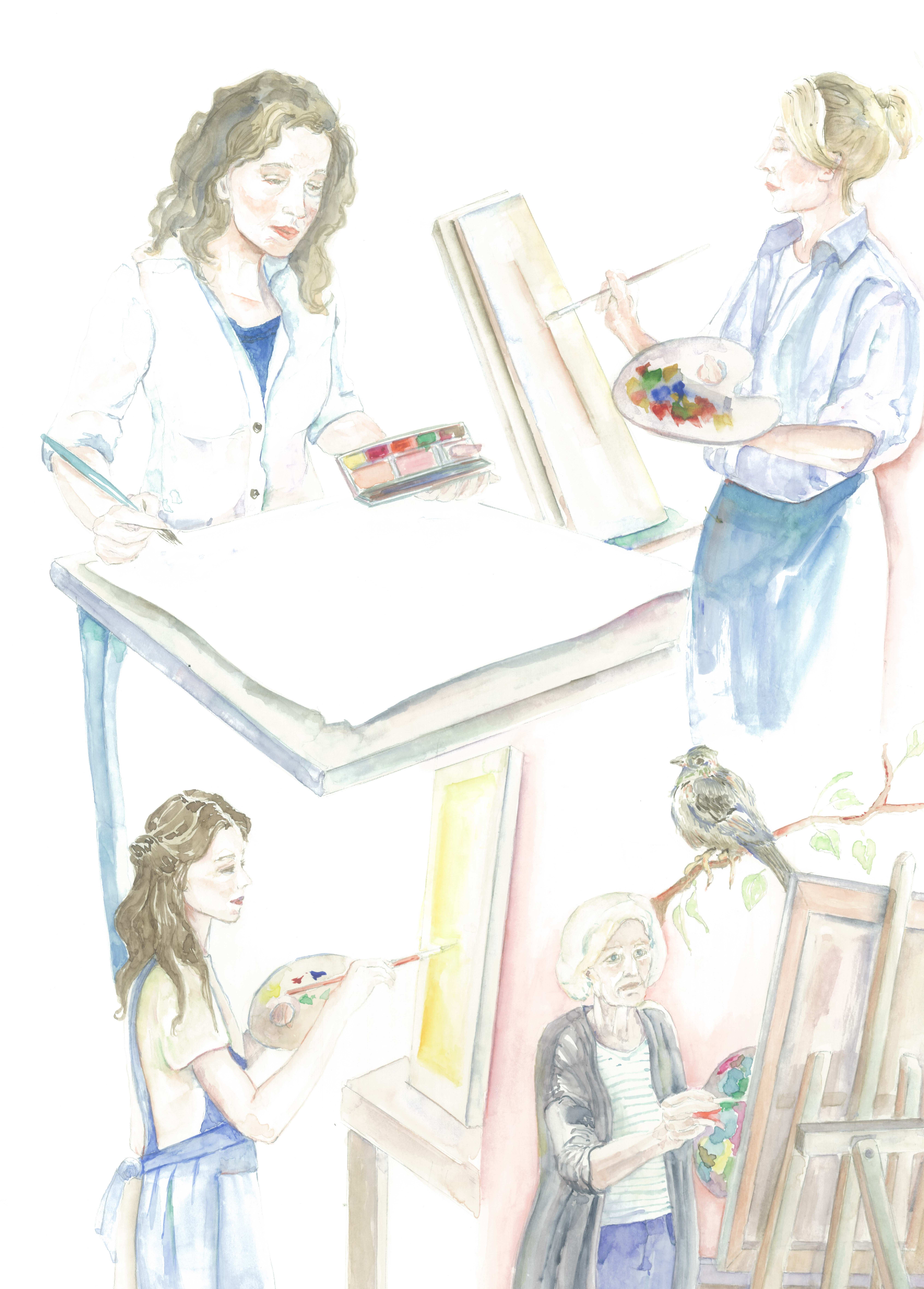
“Trauma is perhaps the most avoided, ignored, belittled, denied, misunderstood, and untreated cause of human suffering.” Peter Levine
“Trauma can be seen to fundamentally impair integration within an individual, dyad, family, or community.” Pat Ogden
“And maybe you have to lose yourself completely, to find out who you are.” Tasos Leivaditis
“Eventually I got used to looking away, so I was saved from many disasters // but there are things we will never know, like the length of our horizons or the depth of our sorrow.” Tasos Leivaditis,
“I think of all the beginnings in our lives; how they all inherently contain the seeds of what is to grow and happen, but meanwhile we may be star gazing, not noticing the planting. the repetition, the recycling, the colours and patterns of the tapestry,” Tonya Alexandri
Today’s post inevitably refers to only a few aspects of trauma, and is also, an attempt to briefly distinguish between what is actually traumatic and what might be stressful, uncomfortable and even painful, but not traumatic. The text is informed by four well known books: The Body Keeps the Score by Bessel van der Kolk, MD; In an Unspoken Voice by Peter Levine, PhD, The Myth of Normal by Gabor Mate MD, and Trauma and the Body: A Sensorimotor Approach to Psychotherapy by Pat Ogden, PhD. It also includes some recent watercolours, three poems by Tasos Leivaditis and Jane Hirshfield, and two links to meditation practices by Rick Hanson, for those with some experience. Finally, the second part of the article, Resisting Dehumanization, will be posted next time once I’ve completed the translation.
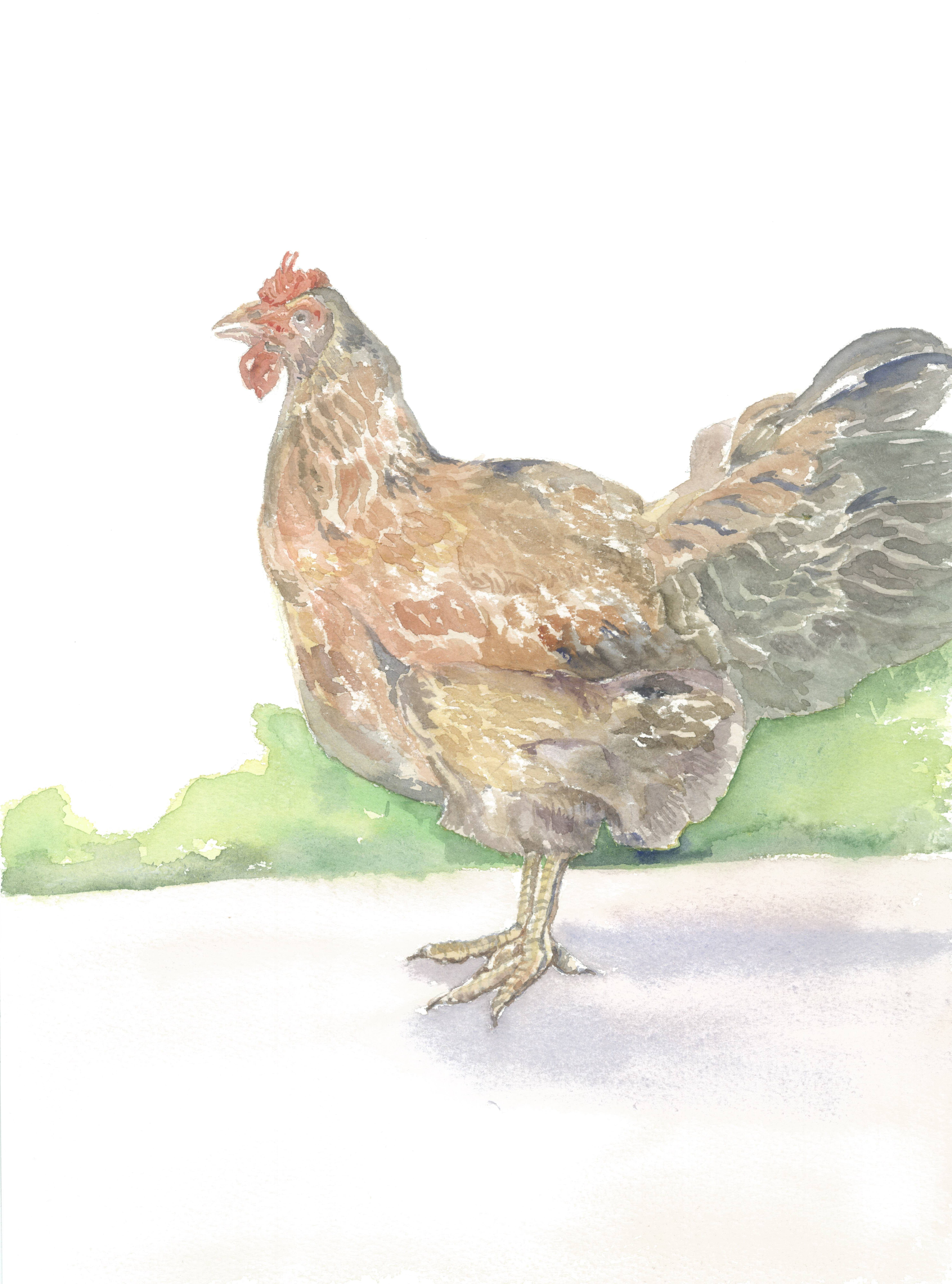
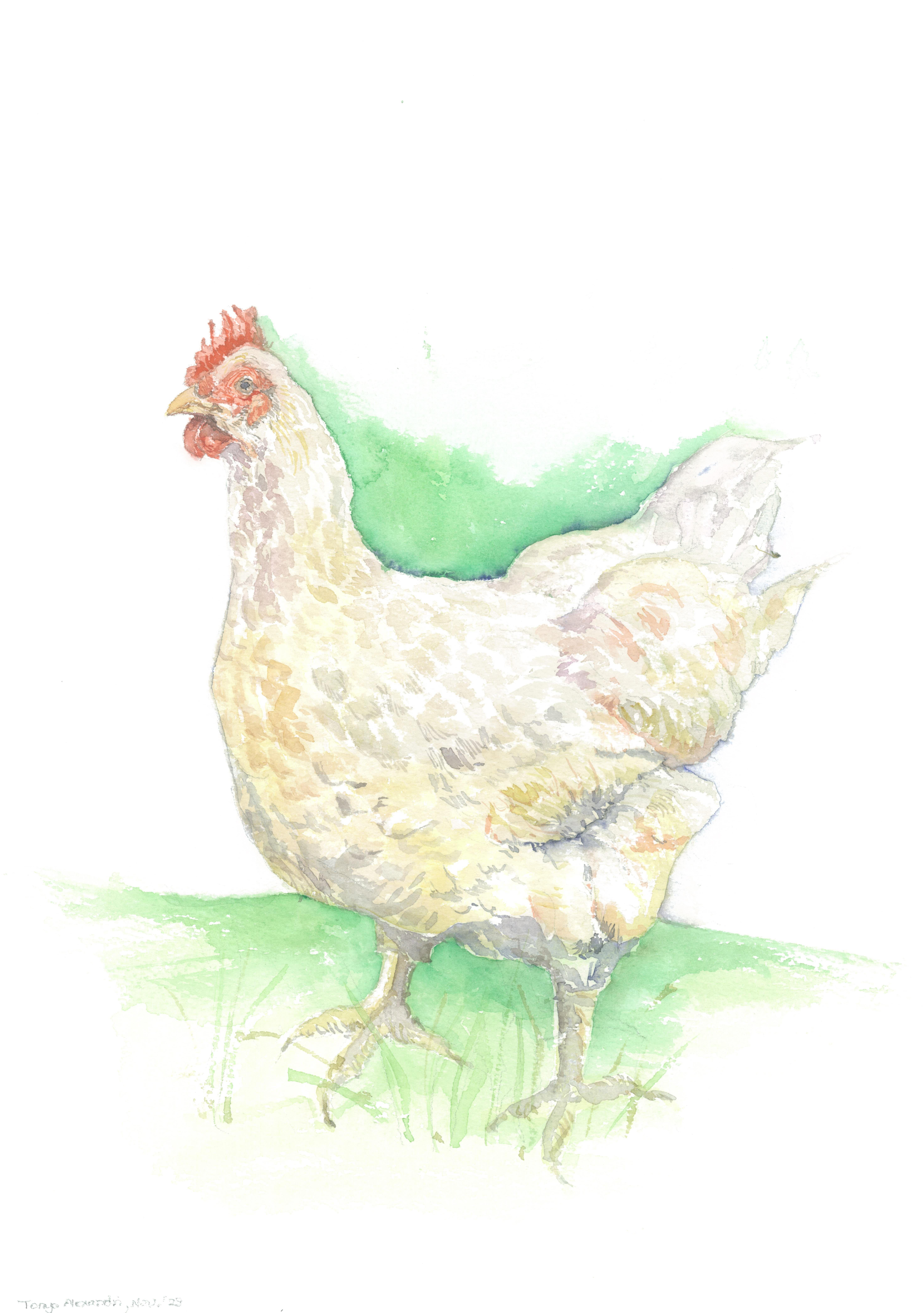
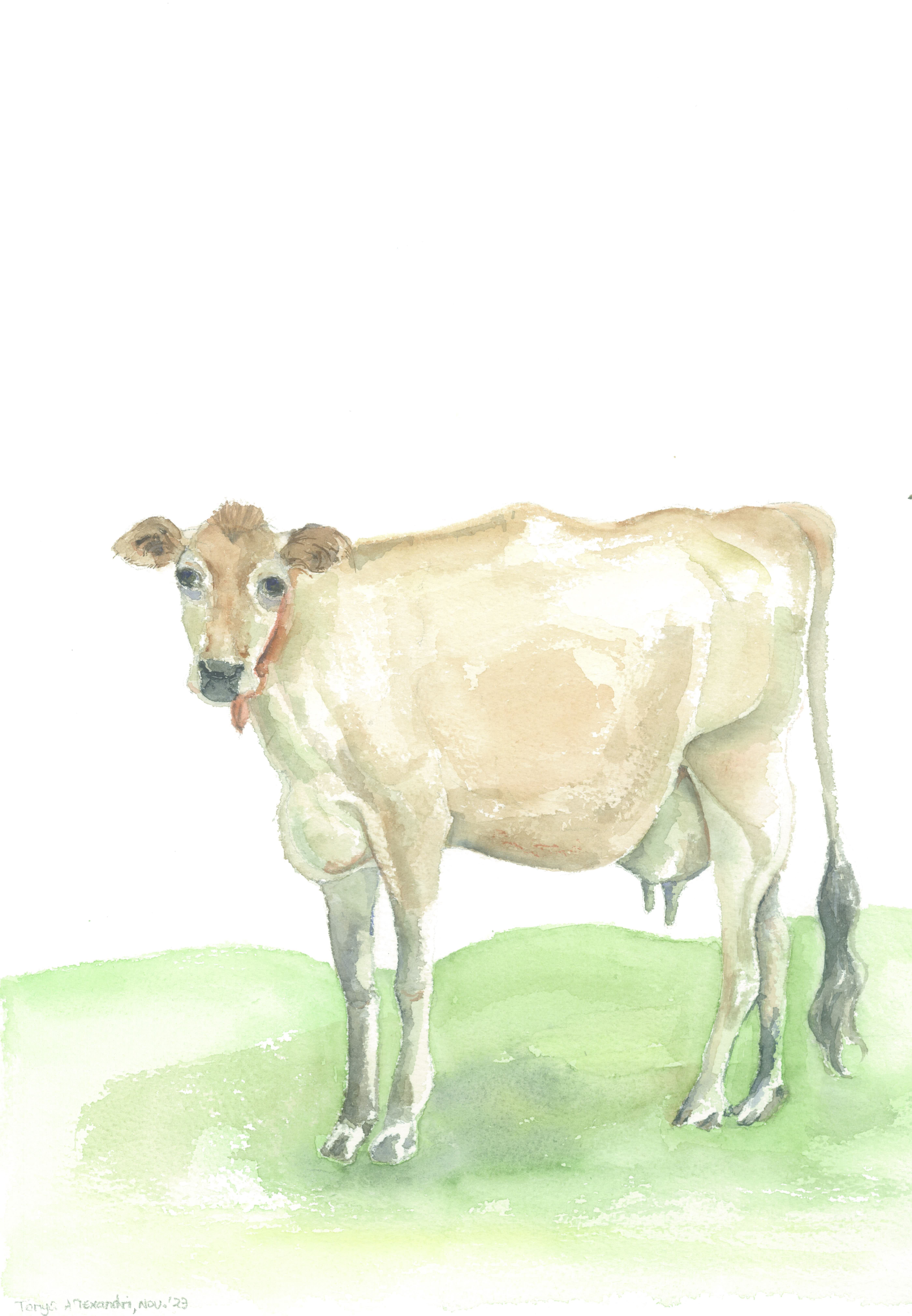
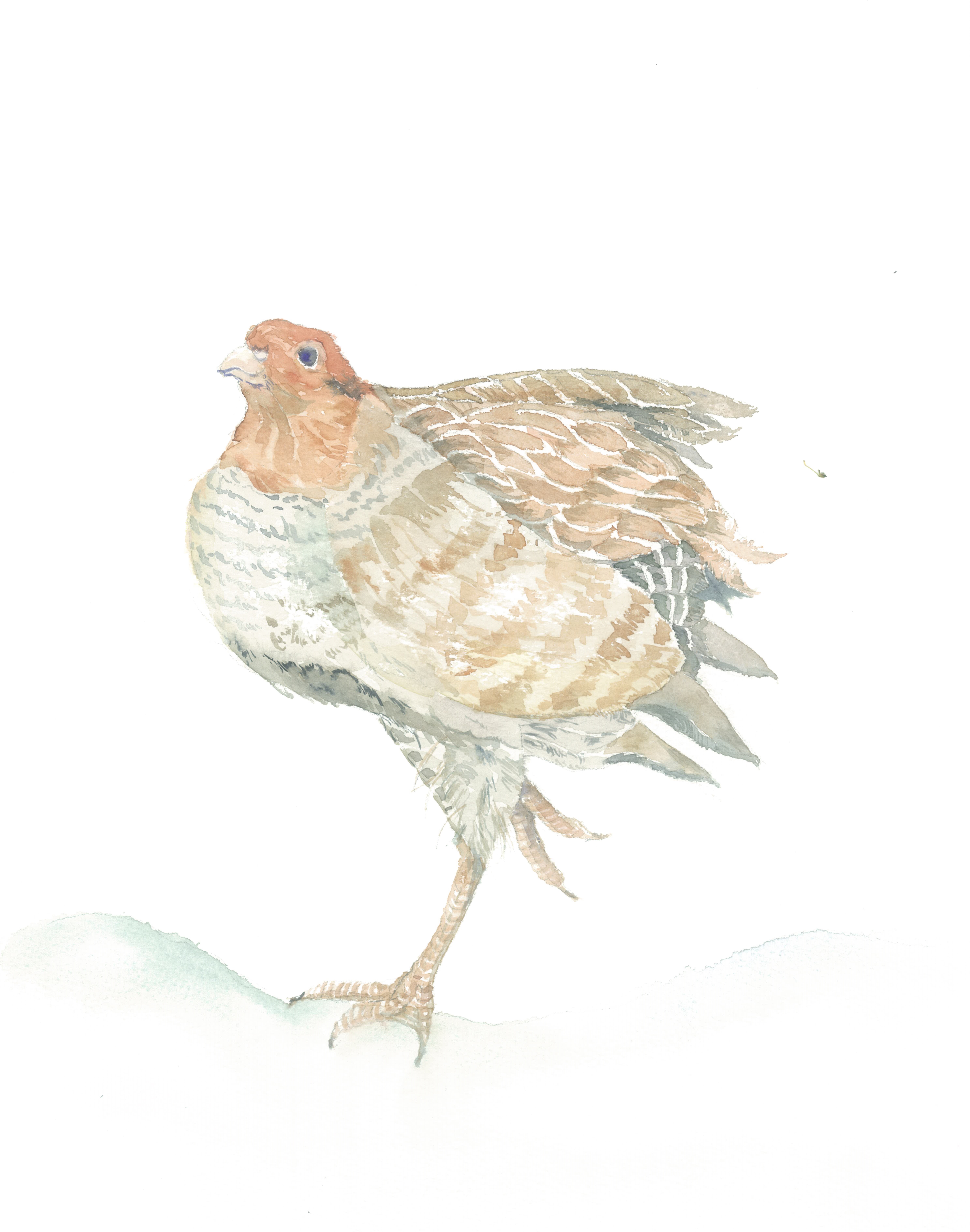
So, What is trauma?
Peter Levine writes that trauma “is about a loss of connection—to ourselves, our families, and the world around us. This loss is hard to recognize, because it happens slowly, over time. We adapt to these subtle changes; sometimes without noticing them.” He describes how trauma, especially severe trauma, imposes a worldview tinged with pain, fear and suspicion. After trauma we see through lens that distort and determine our view of how things are, and through denial we may acquire a naively rosy perspective that blinds us to real and present dangers, like “a veneer concealing fears we dare not acknowledge.” In terms of our bodily experience Levine writes that trauma represents a profound compression of energy that has not been able to complete its meaningful course of action, and that traumatized individuals are disembodied and “disemboweled.” They are either overwhelmed by their bodily sensations or massively shut down against them. He writes: “In either case, they are unable to differentiate between various sensations, as well as unable to determine appropriate actions. Sensations are constricted and disorganized. When overwhelmed, they cannot discern nuances and generally overreact. When shut down, they are numb and become mired in inertia.”
Gabor Mate views trauma as “an inner injury, a lasting rupture or split within the self due to difficult or hurtful events”. He writes that it is primarily what happens within someone as a result of the hurtful events that befall them, and not the events themselves. He describes trauma as a psychic injury, lodged in our nervous system, mind, and body, lasting long past the originating incidents, which can be triggered at any moment Trauma, he writes, is the wound itself and the residual burdens that it imposes on our bodies and psyches, and also, the toll the wounds take on our bodies, the unresolved emotions they bring; the coping dynamics they dictate, and the unhelpful scripts we unwittingly live out.
The effects of trauma on our existence are many. Unresolved trauma constricts the self and all areas of our life. It constricts us physically, emotionally and mentally. It dampens our capacities and numbs us. It distorts our view of the world and can wreak havoc on our health. It disrupts healthy relating with others and attracts relationships that can further wound us. Mate writes: “It constrains our inborn capacities and generates an enduring distortion of our view of the world and of other people. Trauma, until we work it through, keeps us stuck in the past, robbing us of the present moment’s riches, limiting who we can be. By impelling us to suppress hurt and unwanted parts of the psyche, it fragments the self. Until seen and acknowledged, it is also a barrier to growth. In many cases, as in mine, it blights a person’s sense of worth, poisons relationships, and undermines appreciation for life itself. Early in childhood it may even interfere with healthy brain development. And, as we will witness, trauma is an antecedent and a contributor to illness of all kinds throughout the lifespan. “
In relation to how trauma impacts us, Pat Ogden writes that technology has made possible the detailed study of how trauma impacts both cortical and subcortical processing of information, and one of the most robust findings of the neuroimaging studies of traumatized people is that, under stress, the higher brain areas involved in “executive functioning” that allow planning for the future, anticipating the consequences of our actions, and inhibiting inappropriate responses become less active. Our cognitive processing is also impacted negatively because hypo-arousal interferes with the ability to think clearly and hinders appropriate evaluation of danger. She also focuses on the impact of trauma on our physiology. She writes: “The legacy of trauma is that these somatic (i.e., endocrine and motoric) patterns can be triggered by the slightest provocations, reactivating the physical response of the organism to past terror, abandonment, and helplessness, sometimes in exquisite detail.
We also know that the memory of traumatic events can be repressed, only to resurface years and even decades later. Bessel van der Kolk writes: “Dissociation is the essence of trauma. The overwhelming experience is split off and fragmented, so that the emotions, sounds, images, thoughts, and physical sensations related to the trauma take on a life of their own. The sensory fragments of memory intrude into the present, where they are literally relived. As long as the trauma is not resolved, the stress hormones that the body secretes to protect itself keep circulating, and the defensive movements and emotional responses keep getting replayed.” Meanwhile, if elements of the trauma are replayed again and again, the accompanying stress hormones engrave those memories ever more deeply in the mind. So, in some sense it’s a vicious cycle that needs to be disrupted if one is to heal from the aftermath effects of traumatic events.
He adds: “As long as a memory is inaccessible, the mind is unable to change it. But as soon as a story starts being told, particularly if it is told repeatedly, it changes—the act of telling itself changes the tale. The mind cannot help but make meaning out of what it knows, and the meaning we make of our lives changes how and what we remember.” In his book he explains, how for veterans the war experiences that belong to the past are often in the present played out on the battlefield of their own bodies, usually without a conscious connection between what happened and the present triggers and symptomatology.
He refers to a client, he calls Stan, who instead of remembering the accident as something that had happened three months earlier, he was reliving it. Van der Kolk writes that Stan’s scan revealed the reason “people can recover from trauma only when the brain structures that were knocked out during the original experience—which is why the event registered in the brain as trauma in the first place—are fully online.” He states that breakdown of the thalamus, for instance, explains “why trauma is primarily remembered not as a story, a narrative with a beginning middle and end, but as isolated sensory imprints: images, sounds, and physical sensations that are accompanied by intense emotions, usually terror and helplessness. In normal circumstances the thalamus also acts as a filter or gatekeeper. This makes it a central component of attention, concentration, and new learning—all of which are compromised by trauma. “
There are many in the trauma field that discern two types of trauma, but like all human experience trauma lies on a spectrum, and also, the same trauma, for a hundred different reasons, might have a different impact on different people. There are many factors that converge to determine how events will impact us. Traumatic events can include: natural disasters, war and conflict, dire poverty, imprisonment, being a victim or witness of a crime, being involved in or witnessing a serious accident, being exposed to death, injury or violence through one’s work, being exposed to an unexpected tragic or stressful event like unexpected or violent death of a loved one, complicated childbirth; enduring painful medical procedures, interpersonal physical and psychological violence and all kinds of abuse, neglect and serious lack of care, emotional connection or prolonged separation from caregivers, especially when very young.
According to Mate, who cites Levine and Van der Kolk, the first type, which is often referred to as “capital-T trauma” involves “automatic responses and mind-body adaptations to specific, identifiable hurtful and overwhelming events, whether in childhood or later, which give rise to multiple symptoms and syndromes and to conditions diagnosed as pathology, physical or mental—a linkage that remains almost invisible to the eyes of mainstream medicine and psychiatry” and “underlies much of what gets labeled as mental illness. It also creates a predisposition to physical illness by driving inflammation, elevating physiological stress, and impairing the healthy functioning of genes, among many other mechanisms.” What is often termed “small-t trauma” consists of events that nobody escapes as we go about our daily life. Chronic and frequent “small t traumas” can have a toxic cumulative effect over time. Trauma of this kind, Mate suggests does not require overt distress or misfortune of the sort mentioned above, but can still lead to a host of issues. He quotes the psychiatrist Mark Epstein: “The traumas of everyday life can easily make us feel like a motherless child,”
And then there is also complex trauma, which is characterized by events being repeated or ongoing or difficult or impossible to escape from. Complex trauma, which is when trauma occurs with cumulative exposure to traumatic experiences that may involve prolonged interpersonal violations and often occurs during childhood either within the child’s care giving system or in other contexts. It is differentiated from an acute exposure to a single traumatic event. It can occur in later stages in life, as well, either in chronic abusive relationship or social contexts, in conflict zones, and so on. Finally, trauma that has occurred within relationships is generally more difficult to treat than trauma resulting from traffic accidents or natural disasters (Bessel van der Kolk).
Maybe at this point I should clarify that not all stressful or painful events can be defined as traumatic. Peter Levine states that “Certainly, all traumatic events are stressful, but not all stressful events are traumatic.” Mate describes how “an event is traumatizing, or re-traumatizing, only if it renders one diminished, which is to say psychically (or physically) more limited than before in a way that persists. Much in life, including in art and/or social intercourse or politics, may be upsetting, distressing, even very painful without being newly traumatic. That is not to say that old traumatic reactions, having nothing to do with whatever’s going on, cannot be triggered by present-day stresses.”
To make this clear I will provide examples from my own experience. I will refer to two events, one took place in the distant past and one quite recently, one was traumatic and one unpleasant and even stressful. They both took place in the street. About four decades ago I was involved in a road accident that could have cost me my life or the cracking of my skull or spine. Instead I sustained a concussion and it was traumatic, although at the time I did not perceive it as anything other than a life event that put me at great risk and injured me physically.
An extract from my more personal writing written a few years ago:
“The Bird with the Truths’ from The Autumn Manuscripts by Tasos Leivaditis
“One morning a bird sat on the opposite tree and whistled. Oh, if only I could understand what it was saying to me! Perhaps I could have found the meaning of the world / universe.”
It was around that time…. my husband and I were returning home after a peace march or maybe a demonstration for or against something in the centre of Athens. We were on a moped waiting for the lights to turn green when a white car packed with a large family as if hypnotized bumped into us, and since I was caught off guard I flew off my seat and landed metres away on the asphalt. In the process my helmet had fallen off and I sustained a concussion, but before I heard the thump of my skinny body hitting the ground I experienced the vastness of the night sky and a euphoric thought had rushed through my mind ‘the sky is full of stars’.
A sense of falling sometimes still wakes me up at night, but in my dreams I fall off roof tops or balconies… and it often feels like a free fall into an abysmal star lit sky that cradles me and prevents my crashing….
As I heave and cough this autumn of 2015 I think of all the beginnings in our lives; how they all inherently contain the seeds of what is to grow and happen, but meanwhile we may be star gazing, not noticing the planting, the repetition, the recycling, the colours and patterns of the tapestry,”
The second event occurred this summer and it involved something much less dramatic. My husband and I were returning home from the beach. We were on his motorbike and he was not wearing his helmet because he felt it was too hot, a bit like being under a vintage bonnet hair dryer, I suppose…. Meanwhile, an acquaintance of his warned him that the police were stopping people that were not wearing crash helmets a little further down the country road we were on. I suggested he either wear it or turn around and take another route home. He took the risk, and sure enough we were soon stopped by the police. He was asked to hand in his license plate and driving license for a month, maybe longer. Removing the license plate however proved difficult because the screws were rusty, so he had to go off and find a mechanic to do the job. Meanwhile, I waited by the side of the road.
Bessel van der Kolk writes that symbols related to the original trauma, however benign in reality, are thoroughly contaminated and so become objects to be feared and avoided. So, this recent event on the road included many symbols pertinent to the road accident years ago, and it had the potential to trigger aspects of that past traumatic incident. Any of the following could have triggered that event: the motorbikes, the helmet theme, the presence of the police, my waiting at the side of the road for quite some time. However, because I believe I had to some extent healed that old trauma, I remained calm and present, and aware that the context had the potential to trigger fear, but also, that this was a different situation. I was not back there lying on the road half dazed or hoping that a vacant taxi would show up to take us to a hospital. This current event was an inconvenience, something I would definitely not have chosen to put myself through had it been up to me, but still I was safe and this was just an unpleasant incident that would soon be over. I was grounded in the present, looking forward to the whole drama being over, to a shower and a meal.
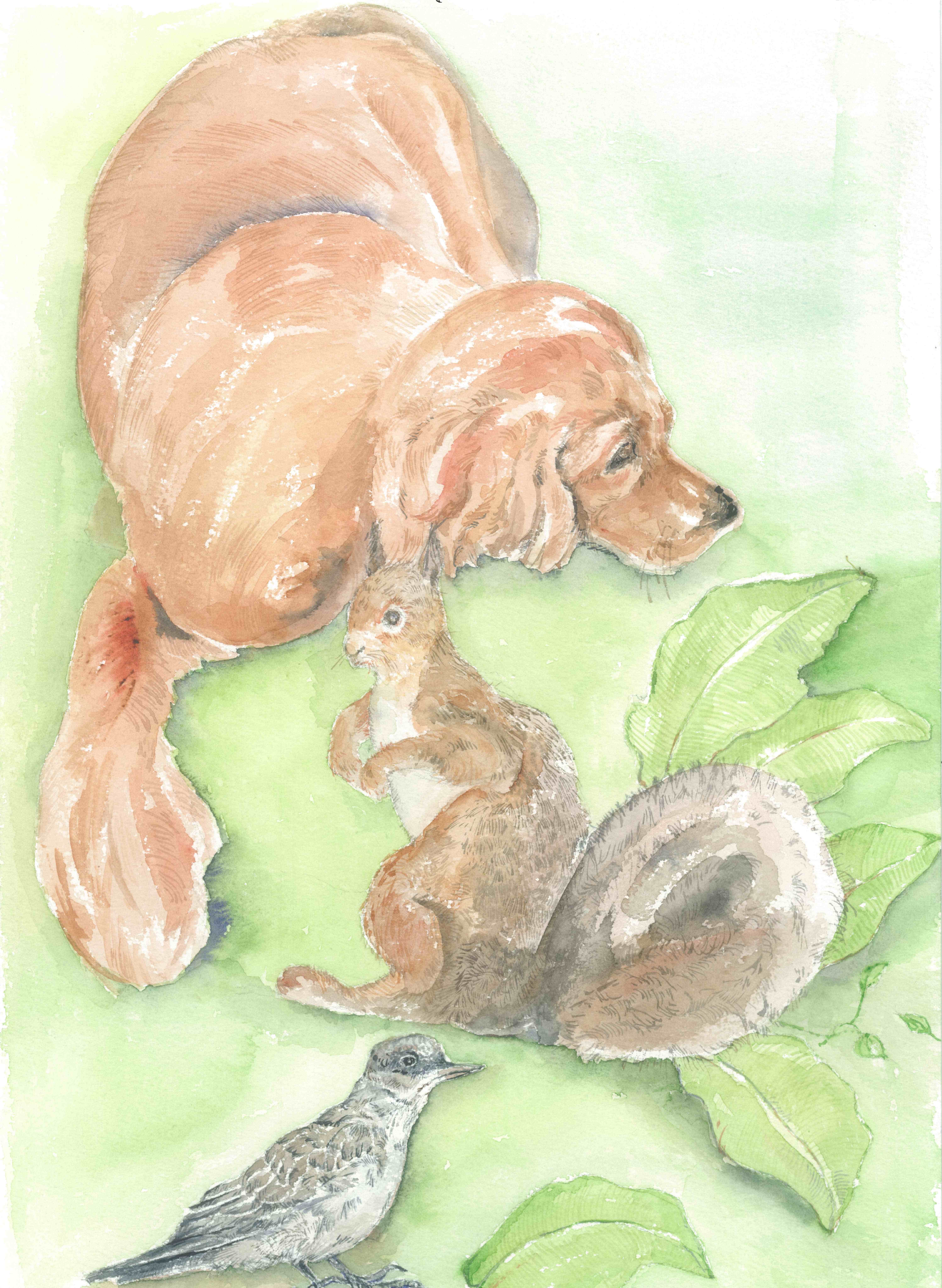
I will end this post with poetry from the Greek poet, Tasos Leivaditis, mentioned above, a poem by American poet Jane Hirshfield, and two links with meditation practices by Rick Hanson, PhD:
https://www.rickhanson.net/meditation-talk-how-to-use-fear-and-not-let-it-use-you/
https://www.rickhanson.net/meditation–talk–see–the–whole–be–the–whole/
First Aid by Tasos Leivaditis
Late. // The cafe is empty. // Friends have left.
And I daydream all alone, // pretending to fiddle with the hairs on my chest,
while I carefully remove one by one // the bullets of the conversation.
Extract from Tasos Leivaditis’ poem: But ιn the evenings
And see we’ve got here // Without luggage
But with such a beautiful moon
I too dreamt of a better world // Poor humanity, you couldn’t
write one further chapter // Like a plank from a sad wreck
our old continent travels
But in the evenings how lovely // the earth smells
Of course he loved // the ideals of humanity,
but the birds // flew further away
Harsh, heartless world // that never opened an umbrella
over the tree when it poured
But in the evenings how lovely // the earth smells
Then they discovered the compass // so that they could die in other places, too
and greed // so they would remain dead for ever
But as evening arrives // somewhere a flute // or a star advocates //
for all of humanity
But in the evenings how lovely // the earth smells
As I remain in my room, // suddenly brilliant ideas come to me
I wear my father’s jacket // and so there are two of us,
and if they once heard me bark // it was to bring an air of the counryside in the room
But in the evenings how lovely // the earth smells………..
Extract from Jane Hirshfield’s poem: For What Binds Us
And see how the flesh grows back
across a wound, with a great vehemence, // more strong
than the simple, untested surface before.
There’s a name for it on horses,
when it comes back darker and raised: proud flesh,
as all flesh,
is proud of its wounds, wears them
as honors given out after battle,
small triumphs pinned to the chest—
